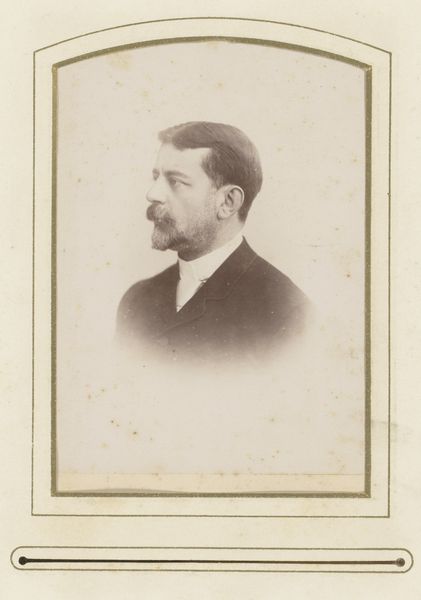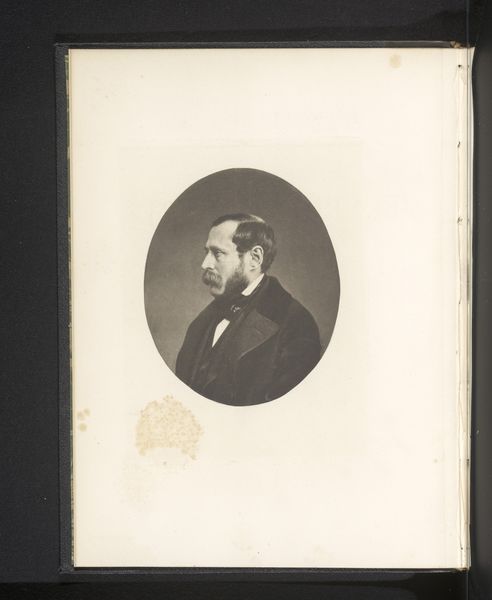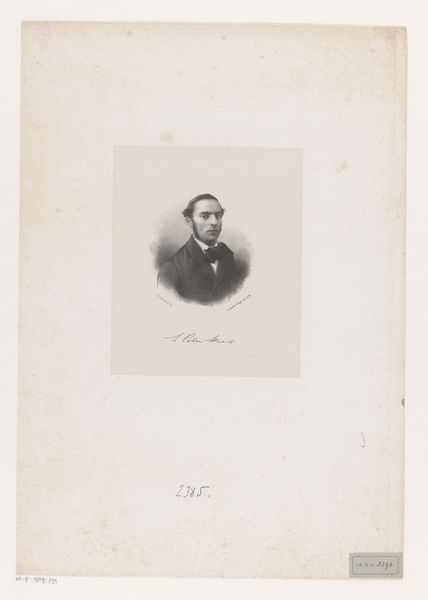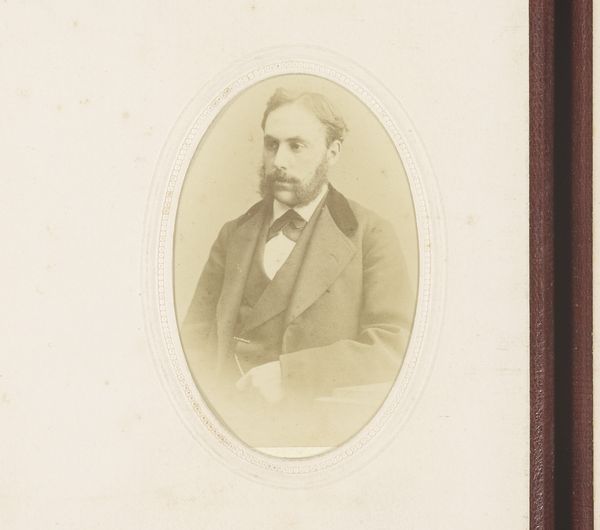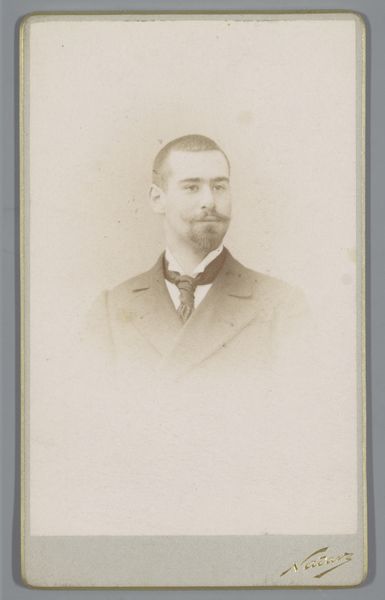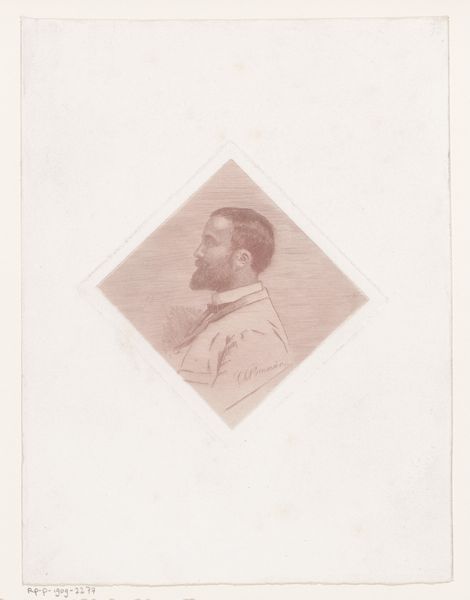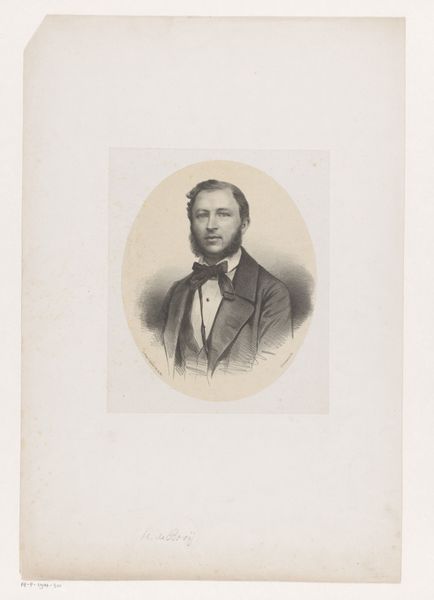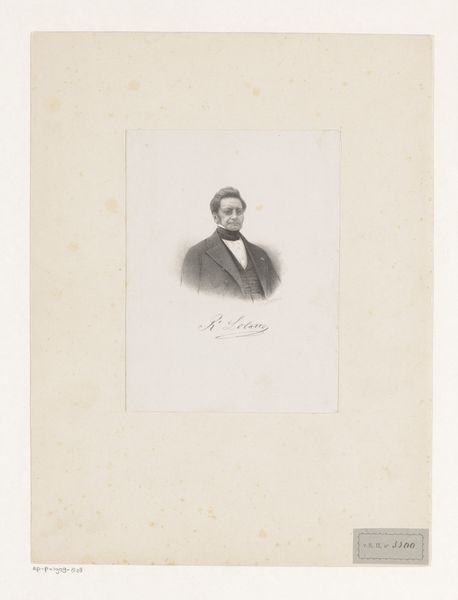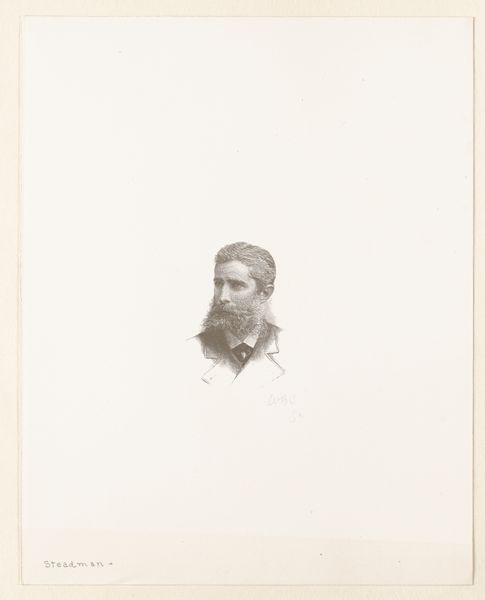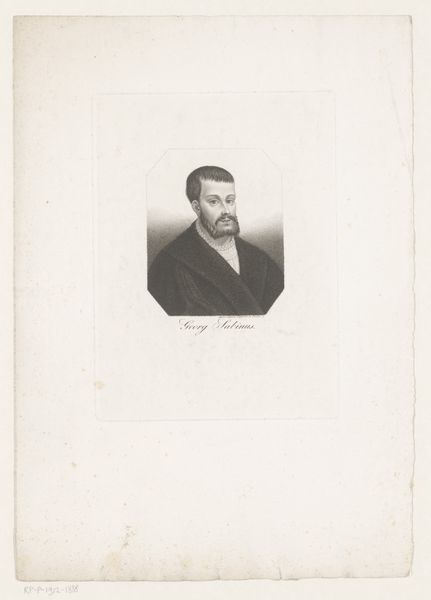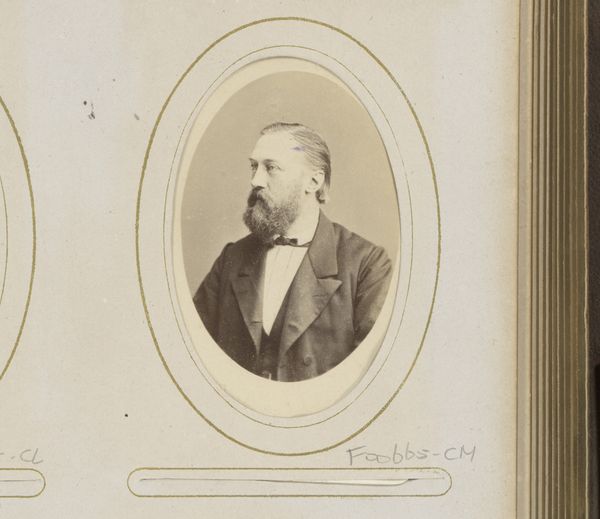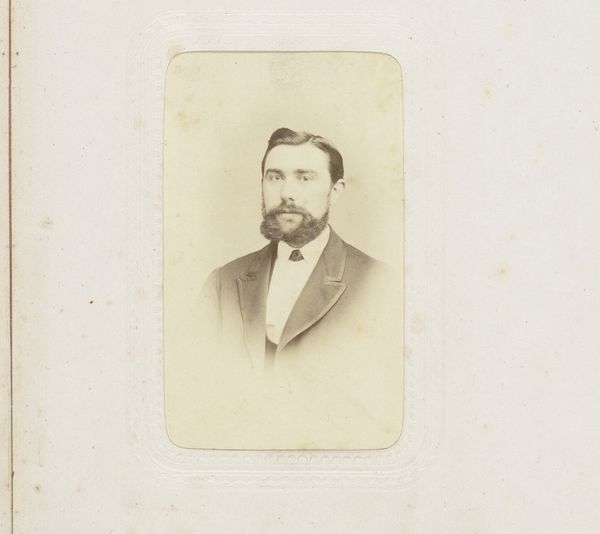
print, engraving
#
portrait
#
16_19th-century
# print
#
academic-art
#
engraving
#
realism
Dimensions: height 125 mm, width 75 mm
Copyright: Rijks Museum: Open Domain
Curator: This is a rather striking print titled "Portret van een onbekende man," which translates to "Portrait of an Unknown Man." It's attributed to Jean Baptiste Pierre Michiels and likely created sometime between 1831 and 1890. Editor: My first impression is one of understated formality. The starkness of the engraving creates a real sense of distance. The lack of color and its overall small size imbues the work with seriousness and precision. Curator: Absolutely. The precision comes from Michiels’ chosen medium—engraving. Note the academic realism at play; he uses meticulous cross-hatching to model the face and suggest the textures of the man's hair and suit. Observe the artist's expert handling of light and shadow. Editor: It does seem a testament to bourgeois representation in the 19th century. He is, presumably, of high social standing to warrant such a fine portrait. I would assume this was originally published as part of a series of prominent citizens. Curator: Perhaps. And despite its small scale, this piece is not devoid of personality. There is a hint of melancholy in the eyes, and a certain determination in the set of his jaw. The subtle tonal gradations provide a three-dimensional effect that suggests his mood, I wonder, therefore, if the subject is "unknown" after all. Editor: I would propose this unknown status challenges the notion of memorialization that portraiture traditionally represented at the time. The identity is not what remains, just a kind of middle-class male archetype. Curator: Good point. Perhaps the emphasis then shifts from the individual to the technique itself? The engraving becomes a document of Michiels’ skill, overshadowing the sitter's identity. Editor: That tension—between representation and the represented, known and unknown—offers an intriguing perspective. Even in what seems like a straightforward portrait, there's complexity if we scrutinize it beyond merely recognizing the subject's status and pose. Curator: I agree entirely. It allows us to see how, within the parameters of realism and academic training, the artist still leaves a personal imprint, making the artwork evocative despite its traditional form.
Comments
No comments
Be the first to comment and join the conversation on the ultimate creative platform.
